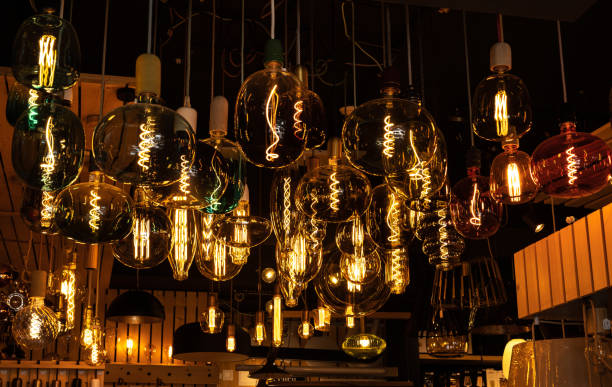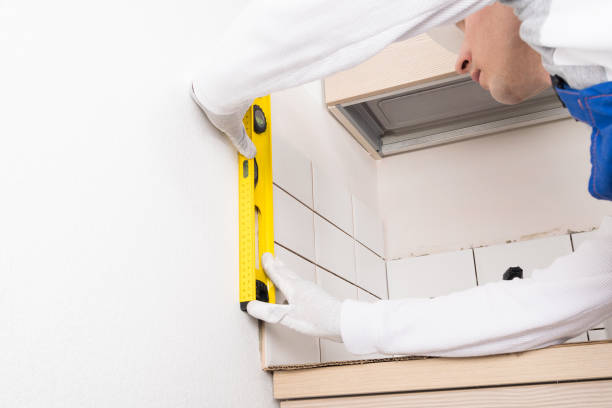In 2019, a home office was an optional feature for every middle-office family. A home office is now a necessity for many families. During the first lockdown, the home office had to make do with a kitchen table or bedroom corner.
Many people are investing in a purpose-built home office, or at least designed to fit into a specific room or outbuilding.
Colors & Space Impact Mood
According to research, the color of an office has a significant impact on the output and thoughts of workers. Colour influences mood, productivity, and creativity.
Colors can also affect the mood of police holding cells. According to architect Scott Wyatt’s TEDx Talk, a Police chief in South Seattle painted a room in pink – the walls, ceiling, and floor – to discourage people from “booking in” at the Police Station or acting aggressively. Pink was painted on the walls, ceiling, and floor to help keep people calm and relaxed. Detainees who were put in the “pink room” for just 17 minutes became more peaceful and compliant.
The color green is perfect for an office. Blue is a color of logic and trust that represents logical thinking. Green, on the other hand, represents nature and balance. Red is considered the best color to increase productivity. Red is stimulating and energetic. If you have trouble focusing, try a neutral, comforting beige-grey shade. It is less stressful and distracting.
The height of the ceiling in an office can have a surprising effect. A high ceiling in an office will improve a person’s ability to think conceptually and spatially. On the other hand, a low ceiling increases your ability to do math and think. If you’re a software engineer, for instance, your ideal office would have a low ceiling. Low-hanging lights or lamps can help make the ceiling appear lower. Fabric can be hung at various points on the roof in order to give the illusion of a lower, secondary roof.
Plants & Wellbeing
The World Health Organization now recognizes burnout as a serious condition. This means that well-being is at the forefront of every office design. Offices have been designed specifically to promote the well-being of plants. Nature can make us feel calm and prevent us from ruminating, which is a major cause of depression and anxiety. Walking in nature and spending time in the gardens can reduce blood pressure and heart rate. Stress hormones are also reduced.
It’s nice to have a desk in the trees, but it isn’t practical if you are living in an apartment. Even a small plant or herb in your office will have a positive effect on your mood. Plants also improve air quality. Aloe vera and Mother-in-law’s tongue are two of the best plants for purifying the air.
A typical improvement in productivity of 10% is the result of improved air quality at work.
Prospect & Refuge
When our ancestors hunted and gathered, they sought out a house that allowed them to look for prey, spot danger, and offer refuge. When we have a panoramic or wide view of the area around us, it makes us feel more relaxed.
If you want to reduce anxiety and stress, it is best to place your desk in a home office facing the room and, ideally, out a window. A wall behind you instead of directly in front gives you the feeling of “refuge” and safety that you would want if you were living in the wild.
The way we look and what we see can have a direct effect on our mood. For example, looking sideways can reduce anxiety, while looking up tends to increase energy. A window that faces greenery or nature is great for your well-being to look into the distance in order to exercise our eyes and prevent, which can be caused by working on a computer.
Productivity
When designing an office, well-being concerns. However, productivity must also be considered. You can find standing desks to increase your efficiency and productivity. You’ll want to be happy and satisfied but also get some work accomplished.
As we have already mentioned, plants and good ventilation can help improve air quality. Harvard University’s Healthy Building Initiative conducted a study that found that improving ventilation and reducing carbon dioxide levels, as well as removing toxic chemicals, resulted in an 8% productivity increase compared to the control group.
A comfortable seat can also be essential to productivity and well-being. Beinwellbeingair is not made for working at a computer for long periods; it will affect your productivity and spine. Sit-stan desks are a great option for alternating periods of standing and sitting throughout the day to improve posture and core strength. Standing desks are not always affordable. If you can’t afford a custom-made desk, a stability board as a chair will keep your core in shape. An attractive ironing table can also be used to create a standing desk.
Lighting is important. A moveable desk lamp is a great way to add some light to your home office. Working on a computer can be tiring for the eyes. Task lamps can serve as a functional, retro decoration, too.
A little bit of technology in your office will also help you to be more productive. A smart office, such as one with Apple HomeKit and Google Nest, can automate lighting and heating. Signing up for an answering service is a great option if you’re self-employed or working remotely. It will allow you to cut down on unwanted calls and focus more on your work. A single interruption can cost you 23 minutes on average. A smart video doorbell could be worth your investment.



